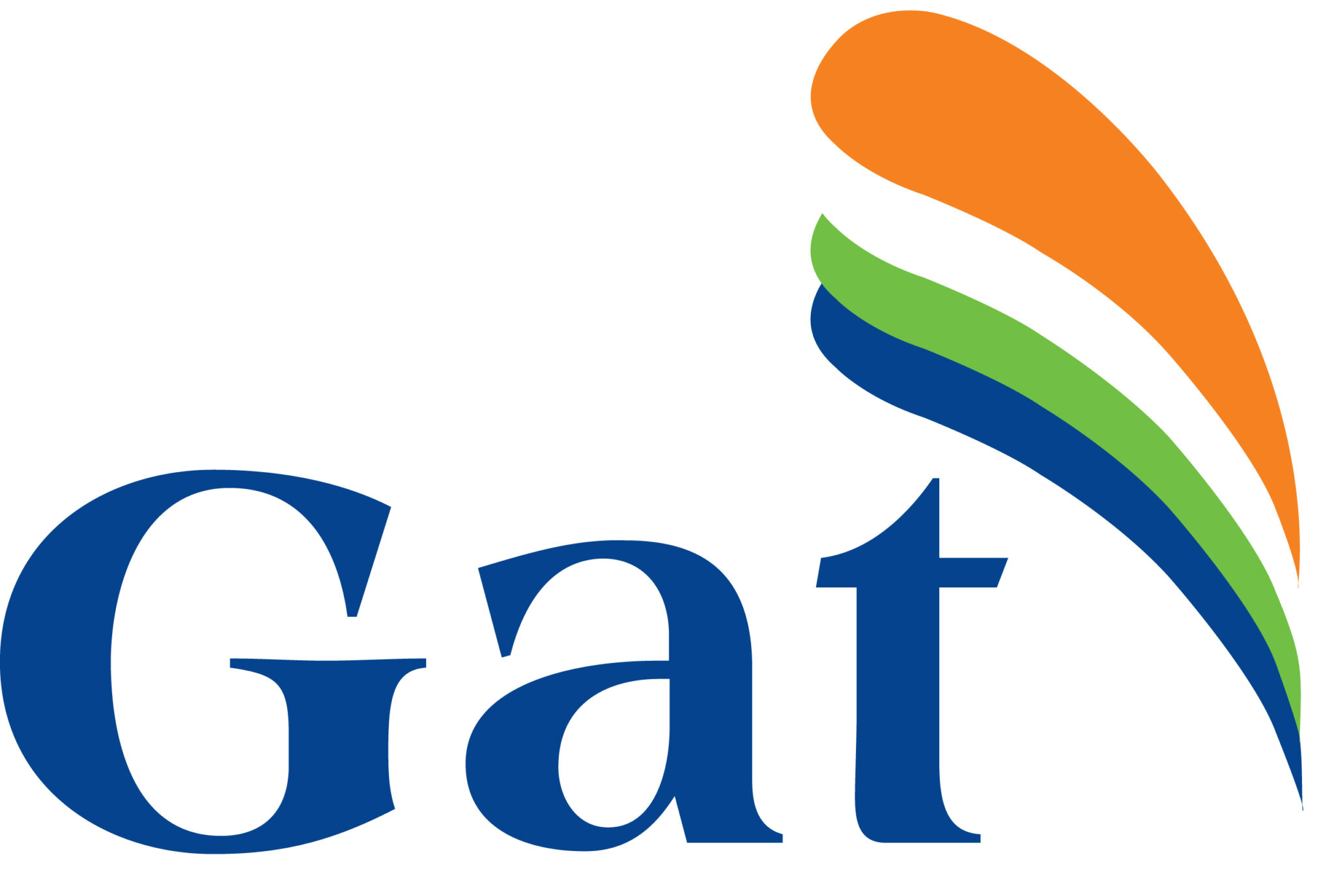Fertigation (irrigation and fertilization) of almond orchards is critical for good crops. The almond is a perennial deciduous tree grown and grafted on peach stock GF 677, and has a commercial life span of several decades.
The almond tree requires lower chilling hours than summer fruits and is usually grown in relatively dry or well drained areas (becauseof its sensitivity to diseases) such as the Lower Galilee, Izrael Valley, Samaria and Judea. Currently almond tree orchards cover an area of 6,000 hectares in Israel.
The trees gradually start bearing fruit from the third year onwards and the fertigation varies according to the trees’ age and season.
In young orchards where the trees do not yet bear fruit the recommended fertilization is between 100 and 150 Kg/hectare of Nitrogen, and one third of that quantity of phosphorus oxide, respectively, as for example in Tuv Solutions fertilizer, 21-7-0; fertigation should commence from March/April until October to ensure the development of the maximum foliage.
The normative fertilization quantity per season for a mature orchard is 250 Kg/hectare of Nitrogen, 50-60 Kg/hectare of phosphorus oxide, and 300 Kg/hectare of potassium oxide.
In April when the soil temperature increases above 18°C the addition of iron chelate fertilizer – Ferrogat in a quantity the equivalent of 10 Kg/hectare of solid iron chelate is recommended.
Where required, 40 – 80 liters/hectare of Zinc-Gat chelate should be combined with the fertilizer at a proportial rate during the continuous fertigation procedure.
| Zinc Gat chelate Liter/Hectare | Iron chelate Kg/Hectare | Potassium Oxide Kg/Hectare | Phosphorous Oxide Kg/Hectare | Nitrogen Kg/Hectare | Age/Season |
| 35 to 50 | 100 to 150 | Young Orchard March/April to October | |||
| Tuv Solutions fertilizer, 21-7-0 is recommended | |||||
| 40 to 80 if required | from 10 April | 300 per season | 50 to 60 per season | 250 per season | Mature Orchard |
Irrigation should be reduced significantly and the fertilization stopped in order to prevent damaging the bark before the trees are shaken during the picking season and resumed as previously after the picking has been completed.
Changes and corrections based on testing the leaves (from mid-June) should be made in the fertilization plan before the fall to ensure healthy growth in the following spring. Note that all essential vegetal tests for making the optimal decision concerning fertilization can be conducted at the Gat Fertilizer’s laboratory.
In those orchards irrigated with recycled water the levels of minerals in the water should be monitored monthly and the fertigation reduced accordingly.
Monitoring irrigation (Tensiometers):
Irrigation monitoring systems have a number of advantages:
- Irrigation can be started in the spring at precisely the right time.
- The optimal quantities of water and irrigation frequency are determined.
- A deep and active root system is generated.
- Accurate reduction of water quantities prior to picking and before the fall.
Our agronomists and field staff are ready and qualified to analyze the orchard test results and recommend a suitable fertilization plan as well as install on site irrigation monitoring systems and provide instructions for the farmer for an optimal fertigation season.
Shahar Tavor, agronomist,
+972-54-4361149
Shahar@deshengat.co.il

